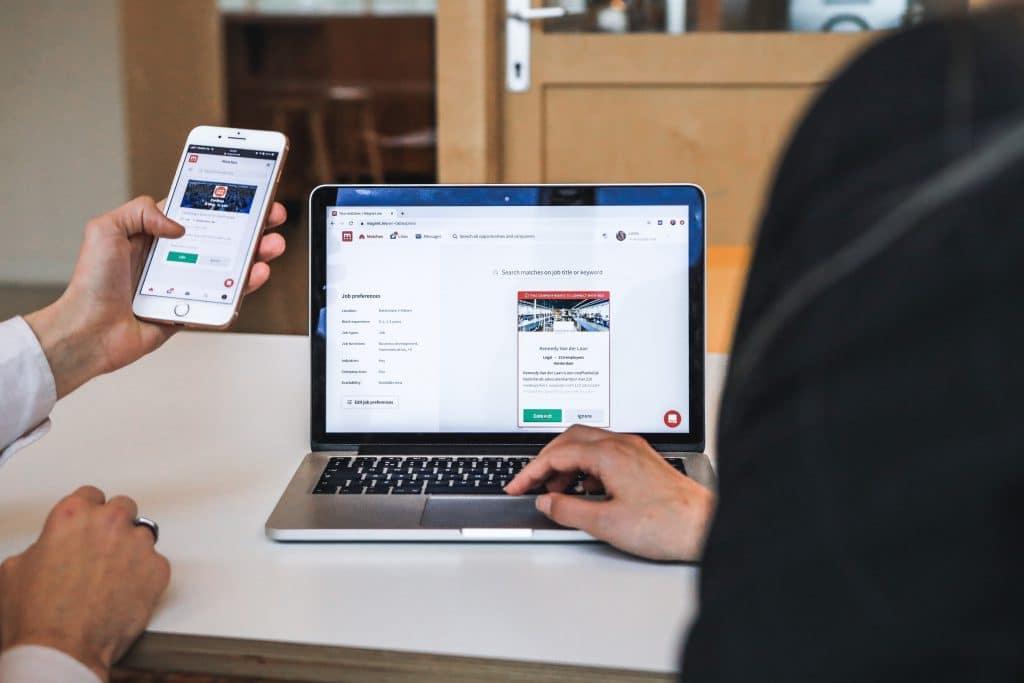Introduction

No website or business is immune to the possibility of being hit by an SEO penalty. Google’s algorithm updates are designed to keep search results relevant and trustworthy, which sometimes means that penalizing sites that engage in black-hat SEO practices. If your site has been hit by a penalty, it can be a frustrating and difficult experience. But don’t despair—there are ways to recover from an SEO penalty and get your website back on track.
In this guide, we’ll show you how to identify the type of penalty you’ve been hit with, take steps to clean up your website, and submit a reconsideration request to Google. By following these steps, you can get your website back on the path to good SEO health.
Benefits of SEO

SEO can be a major benefit to any website or business. It can help you attract more visitors, get higher quality traffic, and improve your search engine rankings. SEO can also help you build trust and credibility with your audience, which can lead to more sales and conversions. If you’ve been hit by an SEO penalty, it’s important to take steps to recover so that you can continue to reap the benefits of good SEO practices.
Follow the steps in this guide to get your website back on track and avoid future penalties. Implementing good SEO practices will help you improve your website and avoid any future penalties. Google’s algorithm updates are designed to keep search results relevant and trustworthy, which sometimes means that penalizing sites that engage in black-hat SEO practices. If your site has been hit by a penalty, it can be a frustrating and difficult experience. But don’t despair—there are ways to recover from an SEO penalty and get your website back on track.
In this guide, we’ll show you how to identify the type of penalty you’ve been hit with, take steps to clean up your website, and submit a reconsideration request to Google. By following these steps, you can get your website back on the path to good SEO health.
How to identify an SEO penalty

There are several ways to identify if you’ve been hit by an SEO penalty. The most common way is to see a sudden drop in your website’s traffic, especially from Google. This can be a sign that your website has been penalized by Google and is no longer appearing in search results.
Other signs of an SEO penalty include:
-Your website’s rankings have dropped suddenly and significantly
-You’re receiving fewer clicks from search results
-Your organic traffic has decreased
-You’re getting more 404 errors or other website errors
If you notice any of these signs, it’s important to take action quickly. The sooner you identify an SEO penalty, the easier it will be to recover from it.
How to clean up your website

Once you’ve identified that you’ve been hit by an SEO penalty, the next step is to take action to clean up your website. This can involve a number of different steps, depending on the type of penalty you’ve been hit with.
If you’ve been penalized for spammy or low-quality content, the first step is to remove all of the offending content from your website. Once you’ve done that, you can then work on improving the quality of your website’s content overall. This can involve adding more helpful and informative content, making sure your titles and descriptions are keyword-rich, and ensuring that your website’s design is user-friendly.
If you’ve been penalized for participating in link schemes or other black-hat SEO practices, you’ll need to take steps to clean up your website’s link profile. This can involve removing all of the offending links from your website, disavowing any spammy or low-quality links, and adding more high-quality links to your website.
How to submit a reconsideration request

Once you’ve taken steps to clean up your website, the next step is to submit a reconsideration request to Google. This is a formal process where you provide Google with information about the changes you’ve made to your website and why you believe your website deserves to be reinstated.
Google will then review your request and decide whether or not to reinstate your website. If your website is reinstated, it’s important to continue following good SEO practices so that you don’t get penalized again in the future.
Submitting a reconsideration request can be a time-consuming process, but it’s often the best way to get your website back on track after an SEO penalty. By following these steps, you can improve your chances of having your website reinstated and avoid any future penalties.
These are just a few tips on how to recover from an SEO penalty. If you need help with this process, or if you want to learn more about how to improve your website’s SEO, contact an experienced SEO professional today.
Conclusion

If you’ve been hit by an SEO penalty, don’t despair—there are ways to recover from it. By taking steps to clean up your website and submit a reconsideration request to Google, you can get your website back on track and avoid any future penalties. If you need help with this process, or if you want to learn more about how to improve your website’s SEO, contact an experienced SEO professional today.



